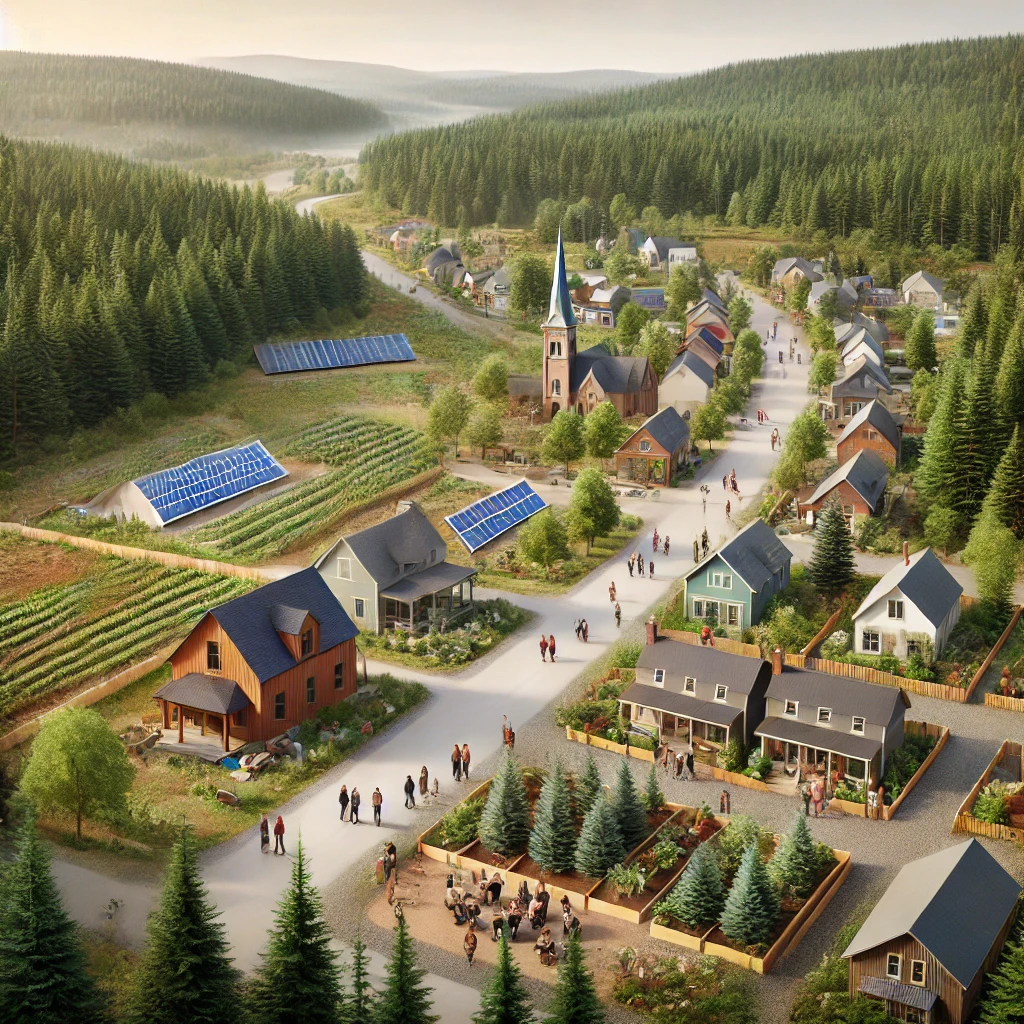In 2017, the town of Forestburgh, located in Sullivan County, New York, passed a significant piece of local legislation that aimed to address various community concerns while ensuring sustainable development and environmental protection. The Forestburgh Local Law of 2017 was introduced in response to growing needs within the community to balance development pressures with the preservation of the town’s natural resources and rural character.
Background and Purpose
Forestburgh, known for its picturesque landscapes, dense forests, and small-town charm, had been experiencing increased interest from developers. While economic growth and development are often seen as positive, the residents of Forestburgh were concerned about the potential impact on their environment and quality of life. The Forestburgh Local Law of 2017 was crafted to address these concerns by implementing regulations that would guide future development in a way that aligns with the town’s values and long-term vision.
The primary objectives of the Forestburgh Local Law of 2017 were:
1. Environmental Protection: To protect the town’s natural resources, including its forests, wetlands, and wildlife habitats, from the adverse effects of development.
2. Sustainable Development: To ensure that any new development within the town is sustainable, minimizes environmental impact, and respects the rural character of Forestburgh.
3. Community Involvement: To increase public participation in the decision-making process regarding land use and development, ensuring that the voices of Forestburgh residents are heard and considered.
Key Provisions of the Law
The Forestburgh Local Law of 2017 introduced several key provisions that have had a lasting impact on the town’s approach to development:
– Zoning Regulations: The law updated the town’s zoning code, introducing stricter guidelines for land use. These regulations were designed to prevent overdevelopment and to protect sensitive environmental areas.
– Environmental Impact Assessments: Any proposed development now requires a thorough environmental impact assessment (EIA). This ensures that potential environmental consequences are fully understood and mitigated before a project can proceed.
Public Hearings and Participation: The law mandated more frequent and accessible public hearings for proposed developments. This allows residents to voice their opinions and concerns, and ensures that community input is a key factor in decision-making.
Open Space Preservation: The law emphasized the importance of preserving open spaces within Forestburgh. It included measures to protect these areas from development, ensuring that they remain available for public enjoyment and ecological conservation.
Infrastructure Planning: The law also addressed the need for careful planning of infrastructure improvements, such as roads and utilities, to support sustainable development without compromising the town’s character.
Impact on the Community
Since its enactment, the Forestburgh Local Law of 2017 has played a critical role in shaping the town’s growth and development. It has helped to safeguard the natural beauty that residents and visitors alike cherish, while also providing a framework for responsible development that benefits the community as a whole.
The law has also been instrumental in fostering a sense of community engagement. Residents now have a greater voice in the future of their town, and there is a shared commitment to preserving Forestburgh’s unique identity. Developers, too, have adapted to the new regulations, finding ways to innovate within the constraints of the law, leading to projects that are both economically viable and environmentally responsible.
Conclusion
The Forestburgh Local Law of 2017 represents a thoughtful and proactive approach to managing growth in a way that respects both the environment and the community’s values. By prioritizing sustainable development, environmental protection, and community involvement, Forestburgh has set a strong example for other small towns facing similar challenges. As the town continues to evolve, this law will likely serve as a cornerstone of its long-term strategy for balancing progress with preservation.
Read more on timesradar


